Stadion MOSiR Krosno
Updated: 10.12.2025
| Target capacity | 9 000 |
|---|---|
| Capacity before works | 3 500 |
| Country | Poland |
| City | Krosno |
| Clubs | Wilki, Karpaty |
| Category | Construction in progress |
| Construction | 2022–2026 |
| Cost | PLN 18.3 M + PLN 28.9 M |
| Contractor | AGZ (2022–2023), Adamietz (2024–2026) |
Advertisement
Stadion MOSiR Krosno – construction description
A new speedway team, Wilki (Wolves) Krosno, was formed in 2018. The club set ambitious goals for itself, and among them was the expansion of the Krosno stadium, although the city authorities were to help significantly in this task. After the team was promoted to the 1st League (2020), lighting masts and a modest stand on the northern curve were built in the stadium in the first half of 2021.
The key part of the expansion, however, was to be on the southern curve, where a new reinforced concrete stand was to be constructed. Initially it was to be built with a roof, but when the cost proved too high, the idea of a roof was abandoned.
Work began in the summer of 2022, and the new stand was completed in April 2023, just in time for the first match of the Speedway Extraliga in Krosno (the Wilki won a historic promotion in the 2022 season). In the process, the machinery park was also expanded and the speedway track was modernized.
Thanks to obtaining funding from the “Polski Ład” government program, it was possible to continue the expansion of the stadium. As part of the next stage, a new main stand is to be built to connect with the one on the curve, built in 2022–2023.
Construction began in October 2024 with the demolition of the old main stand. The new stand, along with extensive facilities, is expected to be built by the end of January 2026. When it opens, the stadium's capacity will increase to 9,000 spectators (including 7,500 seats).
More details about the MOSiR stadium in Krosno expansion project can be seen on a separate subpage
Advertisement
Pictures
-
10.12.2025
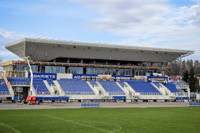
10.12.2025 © Cellfast Wilki Krosno 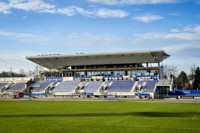
10.12.2025 © Cellfast Wilki Krosno 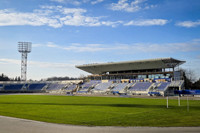
10.12.2025 © Cellfast Wilki Krosno
28.11.2025
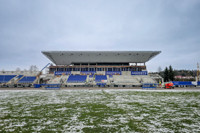
28.11.2025 © Cellfast Wilki Krosno 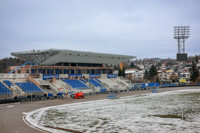
28.11.2025 © Cellfast Wilki Krosno 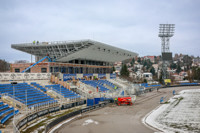
28.11.2025 © Cellfast Wilki Krosno 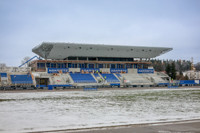
28.11.2025 © Cellfast Wilki Krosno 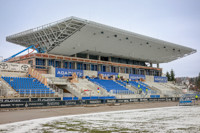
28.11.2025 © Cellfast Wilki Krosno 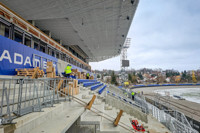
28.11.2025 © Cellfast Wilki Krosno
16.11.2025
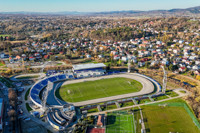
16.11.2025 © Cellfast Wilki Krosno 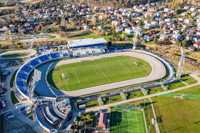
16.11.2025 © Cellfast Wilki Krosno 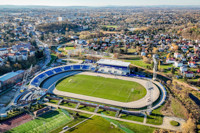
16.11.2025 © Cellfast Wilki Krosno 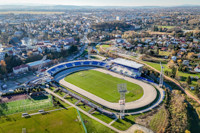
16.11.2025 © Cellfast Wilki Krosno 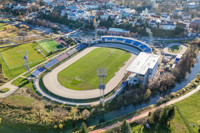
16.11.2025 © Cellfast Wilki Krosno 
16.11.2025 © Cellfast Wilki Krosno 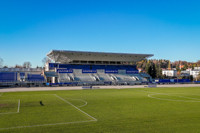
16.11.2025 © Cellfast Wilki Krosno 
16.11.2025 © Cellfast Wilki Krosno 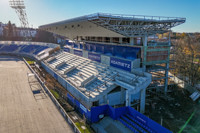
16.11.2025 © Cellfast Wilki Krosno
05.11.2025
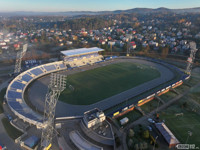
05.11.2025 © Krosno112.pl 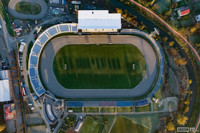
05.11.2025 © Krosno112.pl 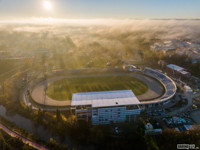
05.11.2025 © Krosno112.pl 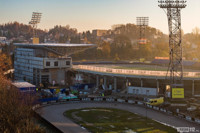
05.11.2025 © Krosno112.pl 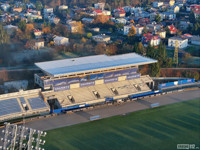
05.11.2025 © Krosno112.pl 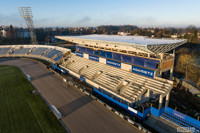
05.11.2025 © Krosno112.pl 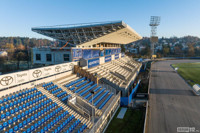
05.11.2025 © Krosno112.pl 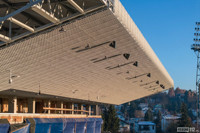
05.11.2025 © Krosno112.pl 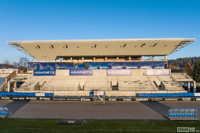
05.11.2025 © Krosno112.pl
31.10.2025
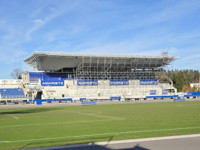
31.10.2025 © Cellfast Wilki Krosno
16.10.2025
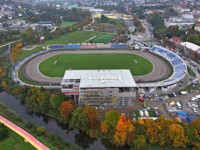
16.10.2025 © Krosno112.pl 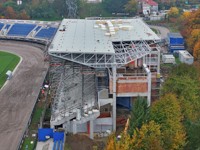
16.10.2025 © Krosno112.pl 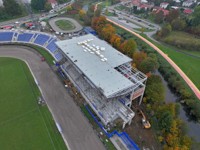
16.10.2025 © Krosno112.pl 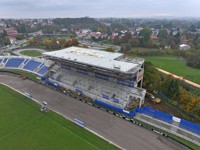
16.10.2025 © Krosno112.pl 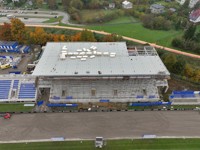
16.10.2025 © Krosno112.pl 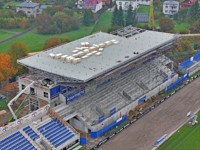
16.10.2025 © Krosno112.pl 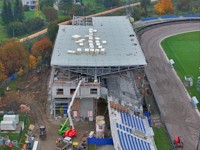
16.10.2025 © Krosno112.pl 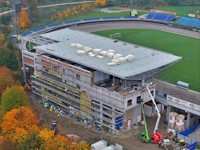
16.10.2025 © Krosno112.pl 
16.10.2025 © Krosno112.pl
03.09.2025
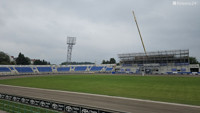
03.09.2025 © Adrian Krzanowski, Krosno24.pl 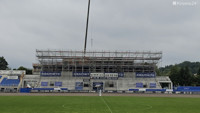
03.09.2025 © Adrian Krzanowski, Krosno24.pl 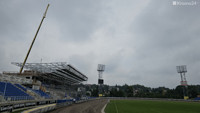
03.09.2025 © Adrian Krzanowski, Krosno24.pl 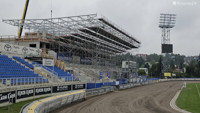
03.09.2025 © Adrian Krzanowski, Krosno24.pl
30.08.2025
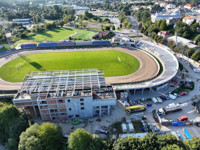
30.08.2025 © Krosno112.pl 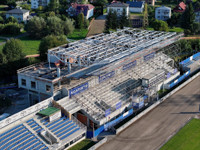
30.08.2025 © Krosno112.pl 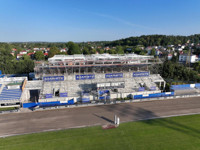
30.08.2025 © Krosno112.pl 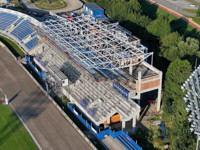
30.08.2025 © Krosno112.pl 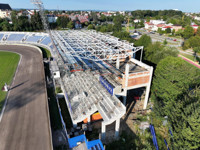
30.08.2025 © Krosno112.pl 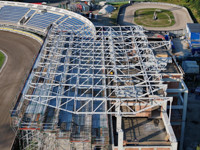
30.08.2025 © Krosno112.pl 
30.08.2025 © Krosno112.pl 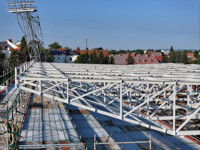
30.08.2025 © Krosno112.pl 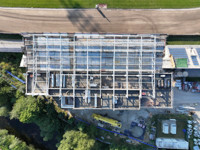
30.08.2025 © Krosno112.pl
24.08.2025

24.08.2025 © Florian Borowicz 
24.08.2025 © Florian Borowicz
18.08.2025

18.08.2025 © Cellfast Wilki Krosno 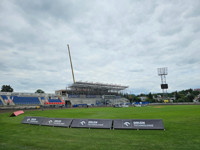
18.08.2025 © Cellfast Wilki Krosno
22.07.2025
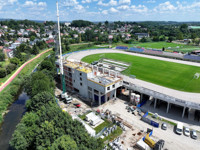
22.07.2025 © Krosno112.pl 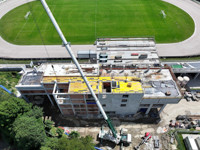
22.07.2025 © Krosno112.pl 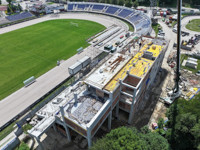
22.07.2025 © Krosno112.pl 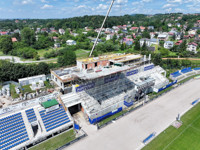
22.07.2025 © Krosno112.pl 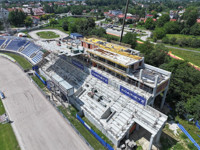
22.07.2025 © Krosno112.pl 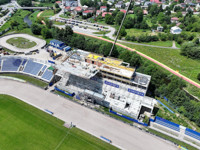
22.07.2025 © Krosno112.pl 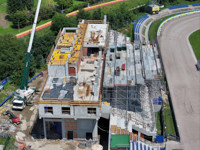
22.07.2025 © Krosno112.pl 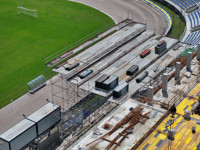
22.07.2025 © Krosno112.pl 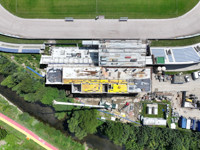
22.07.2025 © Krosno112.pl
13.07.2025

13.07.2025 © Florian Borowicz 
13.07.2025 © Florian Borowicz 
13.07.2025 © Florian Borowicz
18.06.2025

18.06.2025 © K.S. Karpaty Krosno 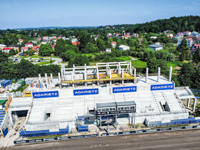
18.06.2025 © K.S. Karpaty Krosno 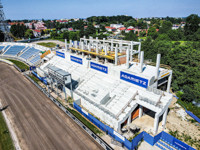
18.06.2025 © K.S. Karpaty Krosno
13.06.2025
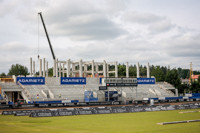
13.06.2025 © Cellfast Wilki Krosno
07.06.2025
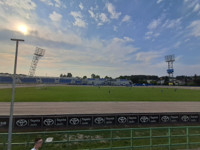
07.06.2025 © Florian Borowicz 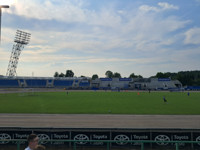
07.06.2025 © Florian Borowicz 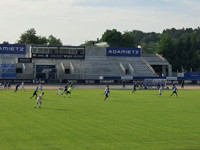
07.06.2025 © Florian Borowicz
14.05.2025
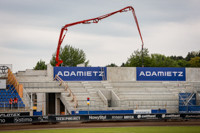
14.05.2025 © Cellfast Wilki Krosno
19.03.2025
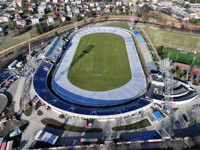
19.03.2025 © Krosno112.pl 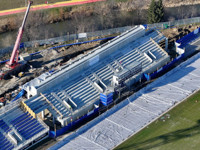
19.03.2025 © Krosno112.pl 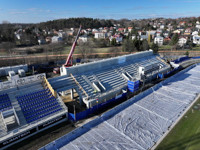
19.03.2025 © Krosno112.pl 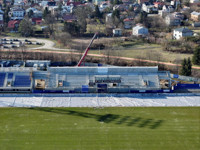
19.03.2025 © Krosno112.pl 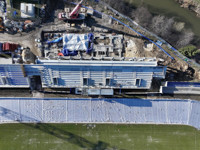
19.03.2025 © Krosno112.pl 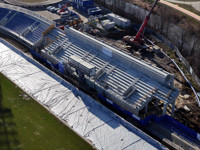
19.03.2025 © Krosno112.pl 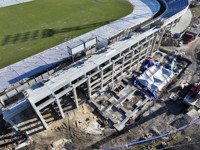
19.03.2025 © Krosno112.pl 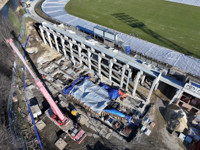
19.03.2025 © Krosno112.pl 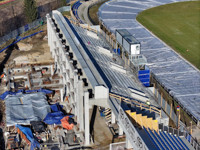
19.03.2025 © Krosno112.pl
15.02.2025
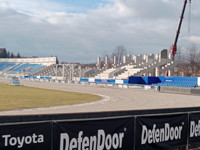
15.02.2025 © kacper2101
09.02.2025
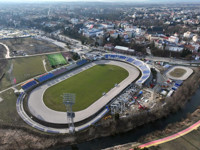
09.02.2025 © Krosno112.pl 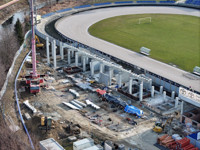
09.02.2025 © Krosno112.pl 
09.02.2025 © Krosno112.pl 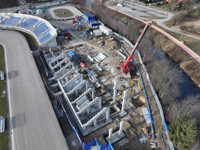
09.02.2025 © Krosno112.pl 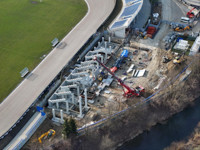
09.02.2025 © Krosno112.pl 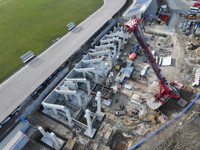
09.02.2025 © Krosno112.pl 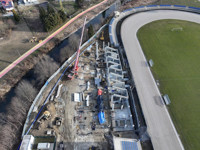
09.02.2025 © Krosno112.pl 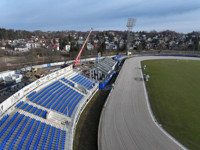
09.02.2025 © Krosno112.pl 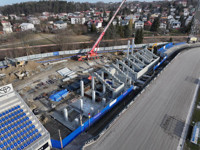
09.02.2025 © Krosno112.pl 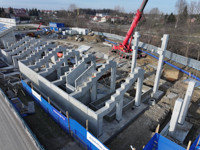
09.02.2025 © Krosno112.pl 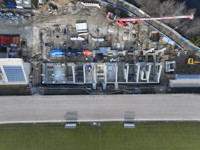
09.02.2025 © Krosno112.pl 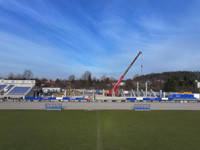
09.02.2025 © Krosno112.pl
06.02.2025
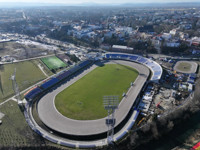
06.02.2025 © Krosno112.pl 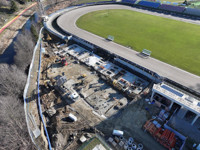
06.02.2025 © Krosno112.pl 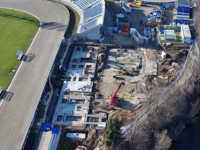
06.02.2025 © Krosno112.pl 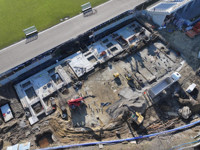
06.02.2025 © Krosno112.pl 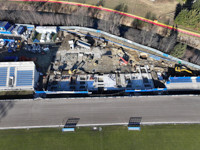
06.02.2025 © Krosno112.pl 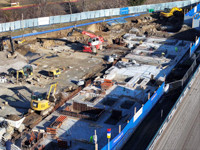
06.02.2025 © Krosno112.pl 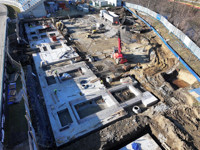
06.02.2025 © Krosno112.pl
16.10.2024
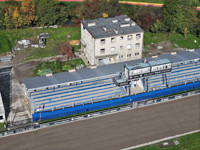
16.10.2024 © Krosno112.pl 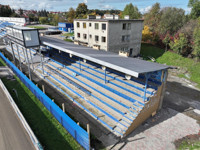
16.10.2024 © Krosno112.pl 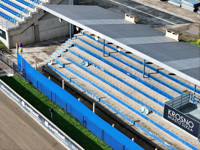
16.10.2024 © Krosno112.pl 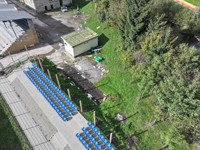
16.10.2024 © Krosno112.pl 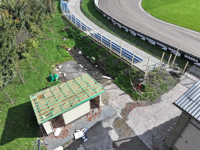
16.10.2024 © Krosno112.pl 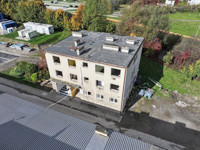
16.10.2024 © Krosno112.pl 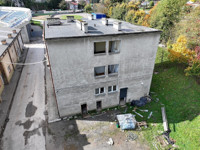
16.10.2024 © Krosno112.pl 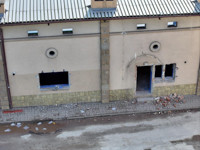
16.10.2024 © Krosno112.pl
17.04.2023

17.04.2023 © Damian Krzanowski, Krosno24.pl 
17.04.2023 © Damian Krzanowski, Krosno24.pl 
17.04.2023 © Damian Krzanowski, Krosno24.pl 
17.04.2023 © Damian Krzanowski, Krosno24.pl 
17.04.2023 © Damian Krzanowski, Krosno24.pl 
17.04.2023 © Damian Krzanowski, Krosno24.pl 
17.04.2023 © Damian Krzanowski, Krosno24.pl 
17.04.2023 © Damian Krzanowski, Krosno24.pl 
17.04.2023 © Damian Krzanowski, Krosno24.pl
05.03.2023

05.03.2023 © Damian Krzanowski, Krosno24.pl 
05.03.2023 © Damian Krzanowski, Krosno24.pl 
05.03.2023 © Damian Krzanowski, Krosno24.pl 
05.03.2023 © Damian Krzanowski, Krosno24.pl 
05.03.2023 © Damian Krzanowski, Krosno24.pl 
05.03.2023 © Damian Krzanowski, Krosno24.pl 
05.03.2023 © Damian Krzanowski, Krosno24.pl 
05.03.2023 © Damian Krzanowski, Krosno24.pl 
05.03.2023 © Damian Krzanowski, Krosno24.pl
22.02.2023

22.02.2023 © Damian Krzanowski, Krosno24.pl 
22.02.2023 © Damian Krzanowski, Krosno24.pl 
22.02.2023 © Damian Krzanowski, Krosno24.pl 
22.02.2023 © Damian Krzanowski, Krosno24.pl 
22.02.2023 © Damian Krzanowski, Krosno24.pl 
22.02.2023 © Damian Krzanowski, Krosno24.pl 
22.02.2023 © Damian Krzanowski, Krosno24.pl 
22.02.2023 © Damian Krzanowski, Krosno24.pl 
22.02.2023 © Damian Krzanowski, Krosno24.pl 
22.02.2023 © Damian Krzanowski, Krosno24.pl 
22.02.2023 © Damian Krzanowski, Krosno24.pl 
22.02.2023 © Damian Krzanowski, Krosno24.pl 
22.02.2023 © Damian Krzanowski, Krosno24.pl 
22.02.2023 © Damian Krzanowski, Krosno24.pl 
22.02.2023 © Damian Krzanowski, Krosno24.pl
28.12.2022

28.12.2022 © Krosno24.pl 
28.12.2022 © Krosno24.pl 
28.12.2022 © Krosno24.pl 
28.12.2022 © Krosno24.pl 
28.12.2022 © Krosno24.pl 
28.12.2022 © Krosno24.pl 
28.12.2022 © Krosno24.pl 
28.12.2022 © Krosno24.pl 
28.12.2022 © Krosno24.pl 
28.12.2022 © Krosno24.pl 
28.12.2022 © Krosno24.pl 
28.12.2022 © Krosno24.pl
27.10.2022

27.10.2022 © Damian Krzanowski, Krosno24.pl 
27.10.2022 © Damian Krzanowski, Krosno24.pl 
27.10.2022 © Damian Krzanowski, Krosno24.pl 
27.10.2022 © Damian Krzanowski, Krosno24.pl 
27.10.2022 © Damian Krzanowski, Krosno24.pl
22.10.2022

22.10.2022 © Michał Krupa, WP SportoweFakty 
22.10.2022 © Michał Krupa, WP SportoweFakty 
22.10.2022 © Michał Krupa, WP SportoweFakty 
22.10.2022 © Michał Krupa, WP SportoweFakty 
22.10.2022 © Michał Krupa, WP SportoweFakty 
22.10.2022 © Michał Krupa, WP SportoweFakty 
22.10.2022 © Michał Krupa, WP SportoweFakty 
22.10.2022 © Michał Krupa, WP SportoweFakty 
22.10.2022 © Michał Krupa, WP SportoweFakty 
22.10.2022 © Michał Krupa, WP SportoweFakty 
22.10.2022 © Michał Krupa, WP SportoweFakty 
22.10.2022 © Michał Krupa, WP SportoweFakty
08.08.2022

08.08.2022 © Damian Krzanowski, Krosno24.pl 
08.08.2022 © Damian Krzanowski, Krosno24.pl 
08.08.2022 © Damian Krzanowski, Krosno24.pl

 StadiumDB
StadiumDB